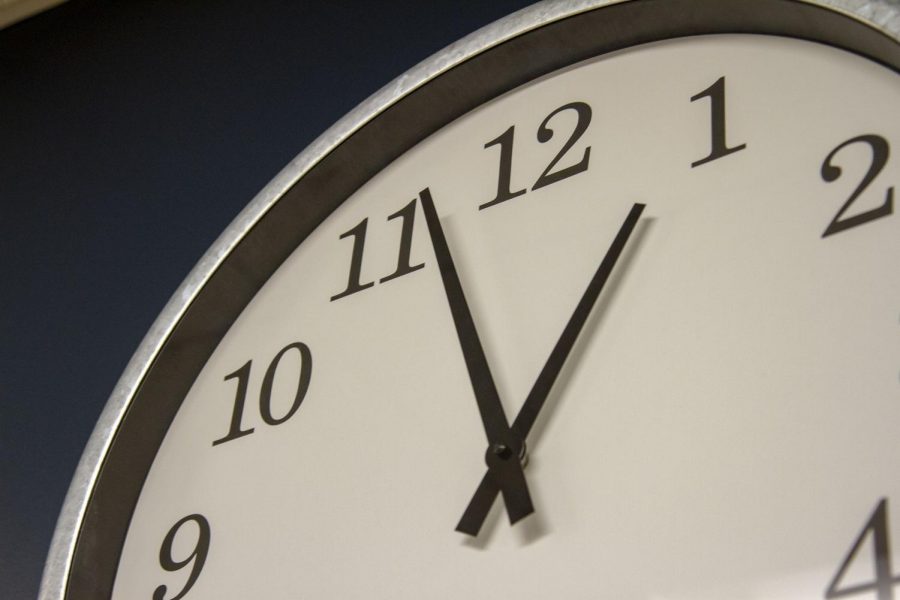Getting Rid of Biannual Time Change — Is It the Right Idea?
The twice-a-year time change of daylight saving time should be removed because the law is outdated and disruptive.
March 13, 2019
For most La Salle students, this Monday morning was a challenge. From just wanting to fall back asleep, confusion with alarm clocks, or even struggling to concentrate while getting prepared for school, springing forward made Monday morning a rough one. However, this experience could be one of the last.
In all three states down the West Coast, there are bills being put into action to override this twice-a-year changing of the clocks. These proposals would get rid of standard time, which currently happens in the winter, and make daylight saving time, which we just switched to, the standard year round.
In California, the people have voted in favor of Proposition 7 through a ballot initiative that passed with 60% of the voters voting yes, meaning the proposition is now in the hands of the California legislature.
In Washington, Senate Bill 5139 would put Washington on one standardized time, similar to the proposed bill in California.
Here in Oregon, we have Senate Bill 320 which would put Oregon on the same track as the states above and below us. Senate Bill 320 would aim to stop time changes beginning two years from now. If passed in Salem, this bill would be on voters’ ballots in 2020. However, Congress would need to ultimately approve the change, and if Congress approves, the last Oregon time change will be in March of 2021.
Overall, the movements to abandon standard time have seen real progress, and there’s serious potential for daylight saving time to become the new standard.
These proposals raise the question — is this a move in a good direction?
To me this answer is simple: Yes.
The twice-a-year time change should be removed simply because the law is outdated and disruptive.
Spring forward and fall back were originally meant as a way to make better use of the available light. For many jobs that need light, especially those in the agriculture field, the time change was necessary. However, only about 1.3% of US jobs make use of this on a farm, and with farms moving more and more towards machine assisted farming, the need for early morning daylight has significantly decreased.
With minimal benefit, this means that the time change is becoming a mere disruption in our lives, with little practical value. I dread early March when we lose an hour of sleep. For those of us who have a long commute, this means trouble. Suddenly, for the first few unadjusted days, we are waking up at what is now 5 or 5:30 instead of what was a much more manageable 6 or 6:30, making mornings harder than they need to be.
The removal of the time change would simply add more daylight at the end of the day, instead of in the morning.
Adding more daylight to the evening will have some others benefits, including more daylight for spring sports and other extracurricular activities or safer commutes home from a late day at work.
With standard time outdated and the potential for positive change, I fully agree with and support the idea of the West Coast abandoning the practice of changing our clocks twice a year.
Photo by Felix Hu on Pixabay. Used with permission.





